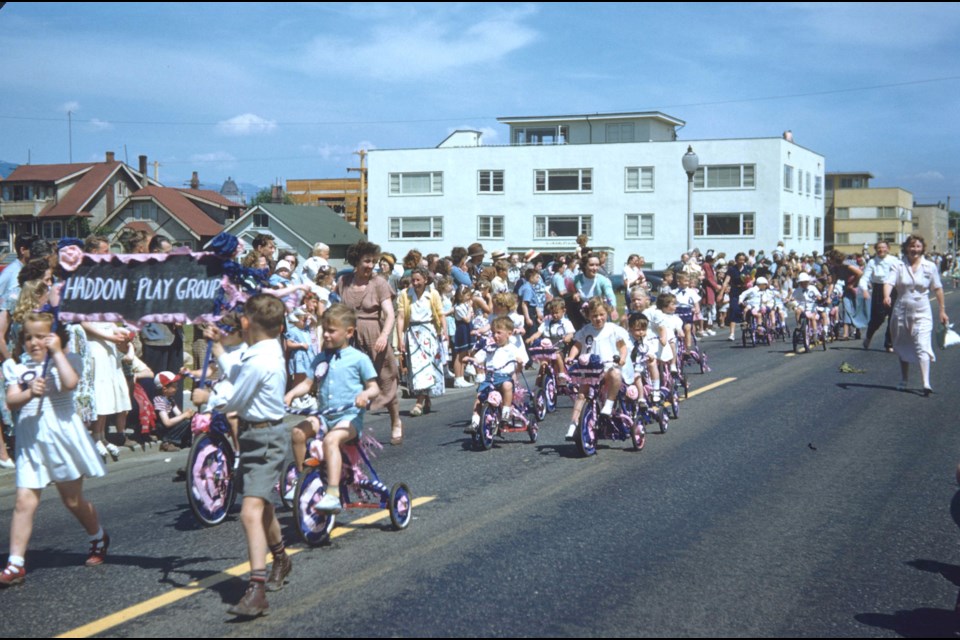Kitsilano may be one of the most popular Vancouver neighbourhoods in which to live now, but that wasn't always the case.
Local First Nations used parts of the land in what's now called Kitsilano, including the nearby village of Sen̓áḵw, first. They were followed in the early days of the city by some settlers despite a lack of infrastructure.
In the 1910s, Kitsilano grew as the area was developed; lots were drawn up and sold, streetcars began travelling West 4th, and a community grew. Many houses that were built during this time are still there.
By the mid-1960s, Kits was a well-established neighbourhood and a home to hippies; counter-culture activity in the late 60s gave the neighbourhood a reputation.
That wasn't sustained deep into the 1970s, though, but it was hardly the commercial and cultural centre Kitsilano has been known for in the last couple of decades.
“Kits was dead in the mid-’70s," Patti Fiedler, who was a resident in the area, once said.
During a radio special in 1972, a Downtown Eastside social worker noted that Kitsilano had some of the same issues as the DTES.
These photos catch some of the activity on West Broadway and West 4th Avenue during that time.
While some of the buildings are gone, the area hasn't changed as drastically as some parts of Vancouver and the region. And many storefronts are still the same as they were decades ago but with new businesses.
Some new buildings have been built, but few are more than three or four storeys, leaving the area relatively free of towers, though that may change in the coming years as the Broadway Subway is completed and the related rezoning continues.
Perhaps the most notable physical difference between the Kitsilano in these photos and that of today is the tress. Many have taken the intervening decades as an opportunity to get much bigger.
With a file from Grant Lawrence.



